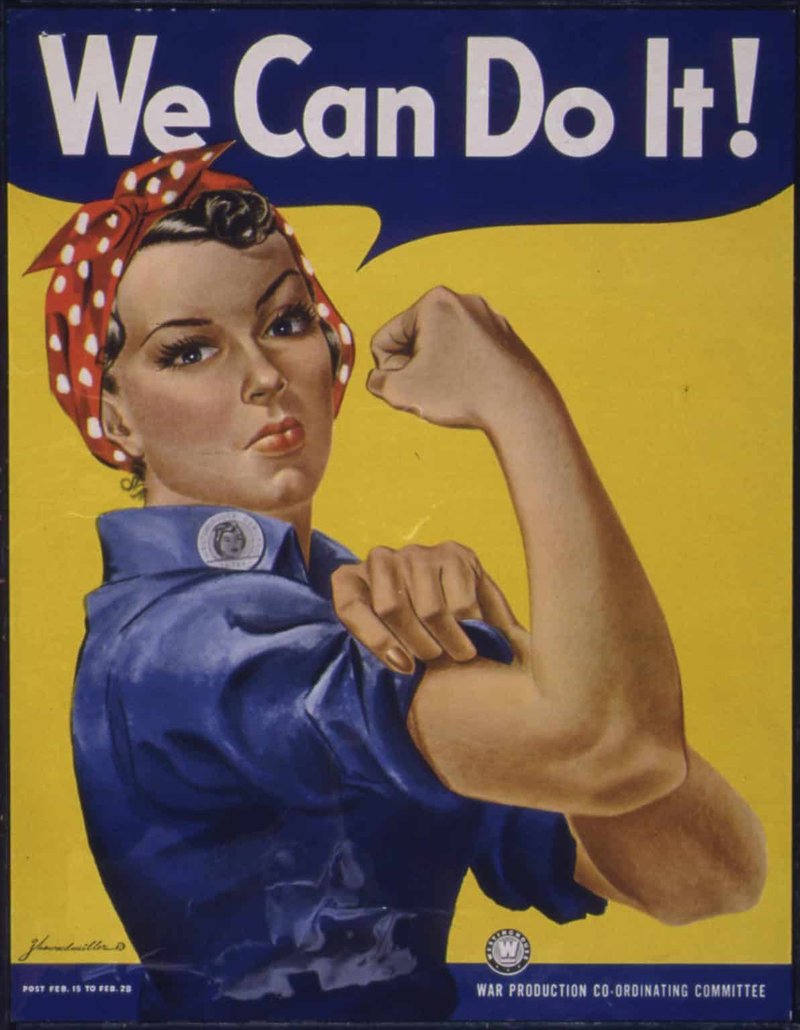Women in Western Advertising
- Women have historically been regarded as less capable and secondary to men in the west. They are generally regarded as being weaker and have often been relegated to doing simple household work while men are the ones doing the "real" work.
- However, in reality, women are far more important and powerful than has been considered historically. Even when limited by preconceived notions and discrimination, women have still formed the backbone of society.
- In the modern day, we are finally starting to understand the capabilities of women, as they are beginning to enter industries previously dominated by men, now that they have more equal opportunities.
- Still, in modern advertising, outdated notions are still prevalent. Many cleaning product advertisements depict almost solely women, sending out the underlying message that women should still be relegated to household chores.
- Ads that best align with generally accepted ideals, whether or not they are righteous, are often successful with little risks.
- However, advertisements make up a huge portion of the media we consume, and repeated messaging can shape our perceptions. This leads in to a feedback loop, where advertisements perpetuate negative ideas, which then changes people's perceptions towards said ideas, motivating advertisers to enforce them.
- Nike's advertisement campaigns such as "What are girls made of?" and "Dream Crazier" aim to challenge this norm, by showing that women can be strong and shouldn't be limited by the expectations that have held them back for so long.
Jean Kilbourne Ted Talk
- In advertising, women are depicted unnaturally, in order to align with unrealistic expectations. They are expected to be impossibly thin, with perfectly smooth skin. Additionally, women are almost always photoshopped to fit closer to the white ideal of beauty, with fair skin, straight hair and round eyes.
- Women's body parts are often made the focus of ads, to garner attention by putting focus on them.
- Real women and girls are held up to these impossible standards, having dramatic effects on perspective and self-esteem. They are depicted as being passive and submissive, especially towards men.
- This objectification also affects the perception of men as well, dehumanizing women, which can lead to increased harassment and abuse.
- These advertisements normalize disgusting and harmful behaviors. Sex is trivialized and is not approached with the caution and respect it should be.
- The hegemony Kilbourne is referring to is advertising media, as it is present all throughout our lives and can influence our perceptions and ideas.
- In the west especially, advertising dehumanizes women and promotes overtly sexual behavior, in order to make money.
Examples
Examples of advertisements that go against this norm.


Sources